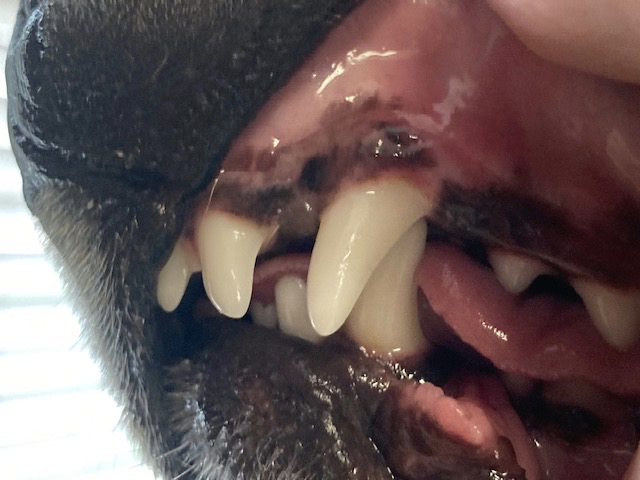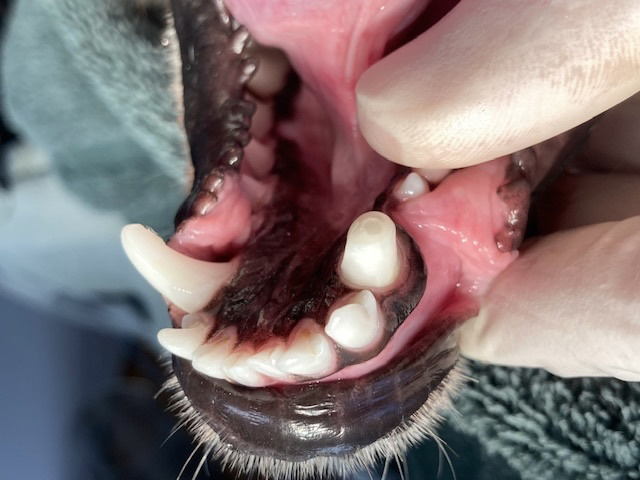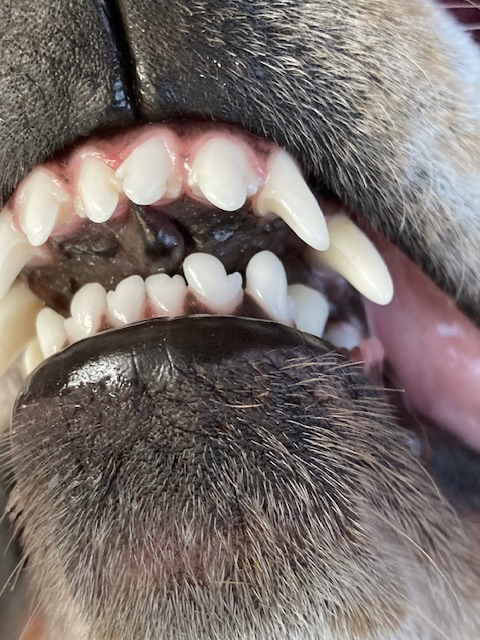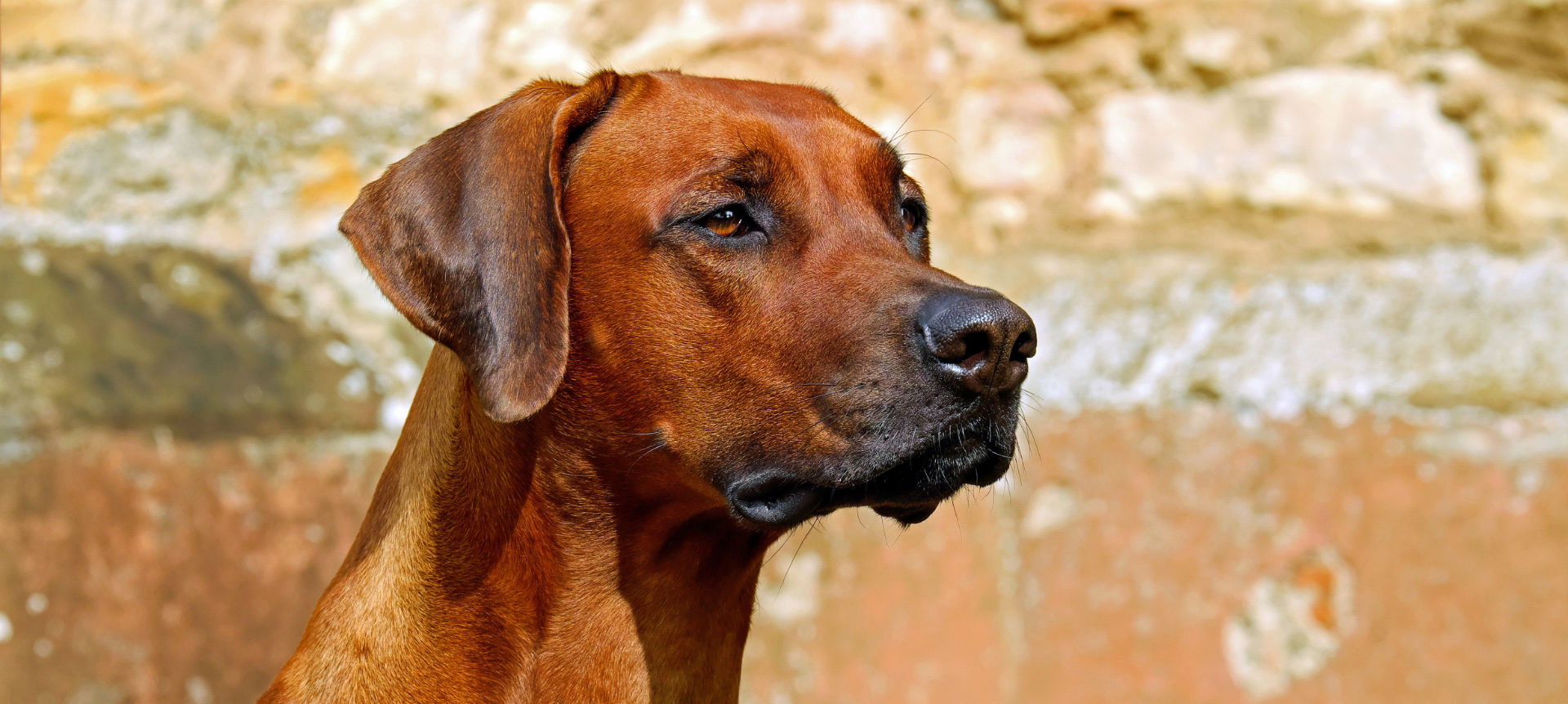
Endodontics / Vital Pulp Therapy
Vital Pulp Therapy is a common procedure performed in the mouth of dogs and cats. This treatment can have many benefits, but also some drawbacks. If done safely and well it can provide the patient with a pain-free mouth.
There are a couple of indications for vital pulp therapy. These include (but are not limited to) recently fractured teeth, and teeth that are creating trauma from bad alignment.
In some situations, other treatments are the best choice for the patient or owner, but vital pulp therapy can often be performed to save the tooth.
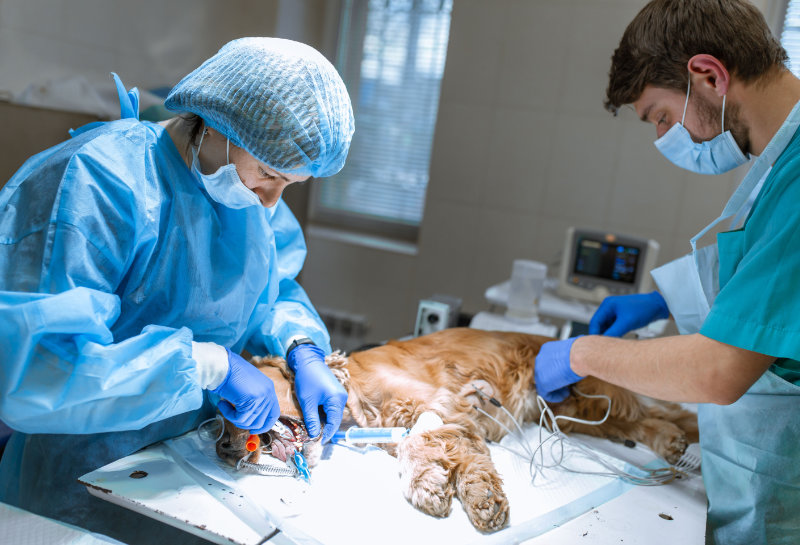
What is Vital Pulp Therapy?
In simplified terms, vital pulp therapy is the removal of a portion of the pulp (blood and nerve supply inside the tooth) within the pulp chamber of a tooth. Usually, four to six millimeters of pulp is removed.
Different materials and restoratives are then placed to protect the pulp. The main advantage of this therapy over extraction or root canal therapy is allowing the tooth to stay alive and continue maturation. Also, it is usually less invasive than extraction.
The goal of treatment is to treat pain and prevent infection while keeping the tooth alive. Many cats and dogs do not tell us there are problems, thus regular rechecks under anesthesia are highly recommended to monitor the success of therapy.
If vital pulp therapy is needed and/or elected for treatment, there are some things that you should know.
Risks & Complications
Aside from any anesthetic-related risks, there may be pain for a day or two. Other risks include excessive hemorrhage (bleeding) during the procedure, overfill/leakage of materials into the pulp, loss of the restoration, infection, and/or death of the tooth.
Fortunately, most of these complications are rare.
What to Expect
After treatment of one or more teeth, your pet will be on a soft diet for a period of time. Soaking your pet’s normal dry kibble in lukewarm water for 5-15 minutes is generally sufficient. Chew toys, tug-of-war, and rough oral play with other pets should be avoided for a couple of weeks as well.
Pets are typically placed on a pain reliever. In many cases, antibiotics are dispensed, but in certain situations, they might not be recommended.
